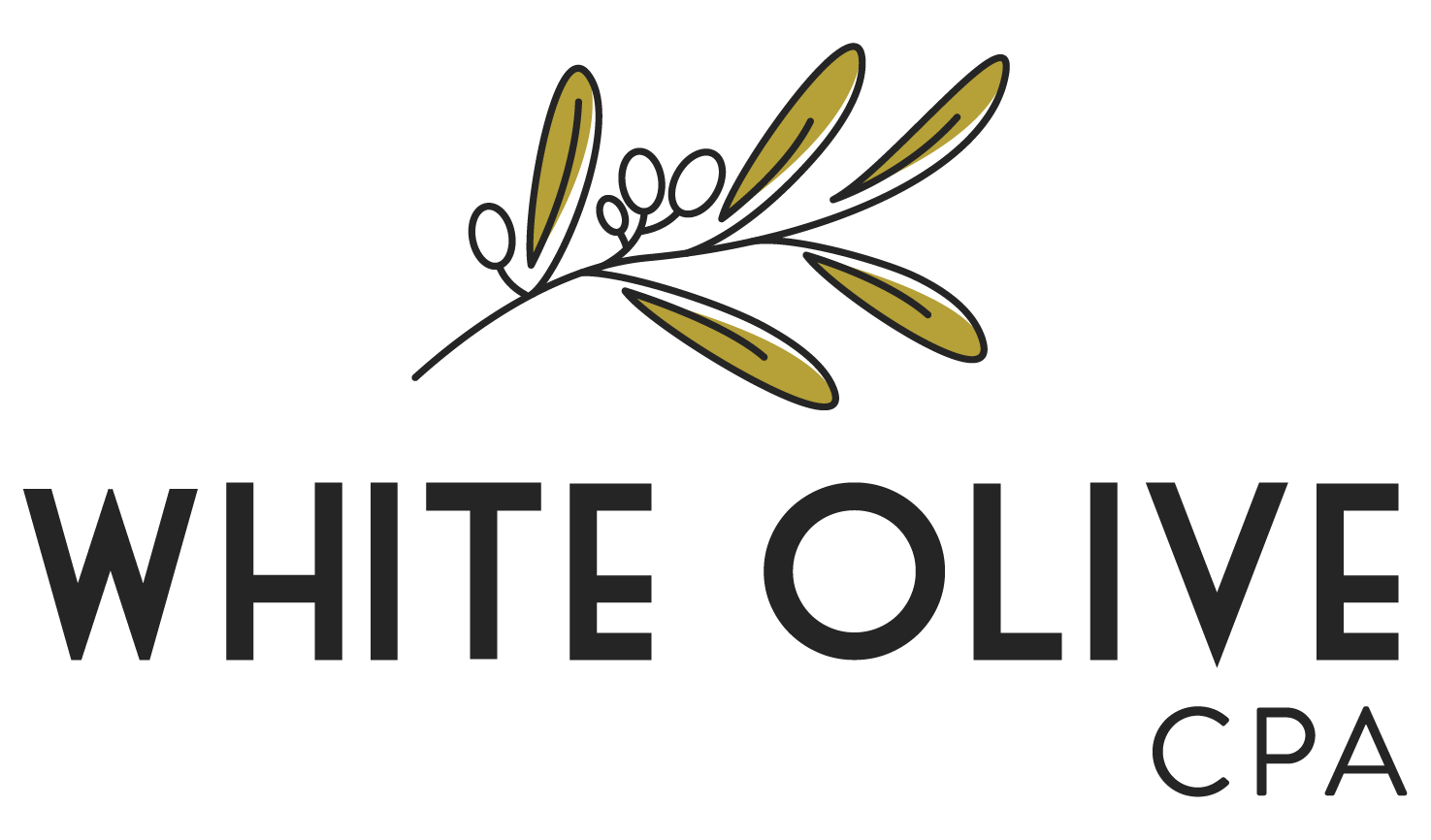Can a CPA Help Choose the Right Corporate Structure for Taxes?
March 21, 2023
Starting a business is a huge endeavor, and selecting the right corporate structure is an important step. The right corporate structure can help protect the assets of the business, provide liability protection, and determine how the business is taxed.
Choosing the right corporate structure is an important legal decision and can have long-term implications. A Certified Public Accountant (CPA) can help choose the right corporate structure for taxes. The tax implications of each structure can be complicated and difficult to understand. A CPA can provide advice on the tax implications of each structure and help business owners choose the structure that will provide the most tax benefits.
What Are Common Corporate Tax Structures?
There are several types of corporate structures available to business owners, such as sole proprietorship, partnership, limited liability company (LLC), and corporation. The type of business structure selected will determine the amount of taxes the business will pay and how the business is managed. A CPA can help business owners decide which structure is best for their business.
The choice of corporate structure can have long-term implications for the business, including the ability to obtain financing, attract investors, and comply with government regulations. A CPA can help business owners consider the long-term implications of each structure and select the structure that will provide the most benefit to the business in the long run.
A CPA can also help business owners decide whether to form an LLC or a corporation. An LLC and a corporation have similar legal protections but differ in the way they are taxed. An LLC is a pass-through entity, and the owners of the business are taxed on their individual tax returns. A corporation is a separate entity, and the business is taxed on its own return.
Some common corporate tax structures utilized by businesses include:
Partnerships
Partnerships are a popular corporate tax structure typically used by small businesses. A partnership is a legal agreement between two or more people or entities that decide to conduct business together and share the profits, losses, and liabilities of the venture.
The partners are taxed on their share of the profits and losses, and each is generally responsible for their own self-employment taxes. This structure allows for more flexibility when it comes to setting up and managing the business, and it also helps to limit the liability of each partner.
Limited Liability Partnerships
A limited liability partnership (LLP) is a form of a corporate tax structure that provides a business with protection from personal liability for the actions of its partners. This means that each partner's personal assets are not held at risk if the business were to experience financial losses or suffer legal action. LLPs are not separate entities from the partners, meaning that the business is not subject to income tax; instead, the profits and losses are passed through to the partners and reported on their individual tax returns.
LLPs typically offer more flexibility than traditional partnerships and corporations, allowing partners to specialize in certain aspects of the business and share profits and losses among themselves. Additionally, LLPs are often more attractive to investors because of the limited liability protection for the partners.
Limited Liability Companies
A limited liability company (LLC) is a corporate tax structure that combines the advantages of both a corporation and a partnership. This type of entity is beneficial for business owners as profits and losses are passed through to the individual owners, and the company itself is not taxed separately. LLCs offer limited liability protection for owners, meaning that the owner's personal assets are protected from creditors and any potential legal liability of the business.
This type of corporate tax structure can also be used to create a separate legal entity that is used to manage various investments and other business activities. Additionally, LLCs are relatively easy to set up, as they require fewer formalities than a corporation.
Professional Corporations
A professional corporation is a corporate structure established to allow professional services to be provided to clients in a corporate format. This structure is generally used by professionals such as lawyers, doctors, and architects, although it can be used by other types of businesses as well. Professional corporations can provide benefits to their members, such as limited liability protection, tax advantages, and increased credibility in the marketplace.
The corporate structure itself also offers advantages such as centralized decision-making, greater access to capital, and improved access to financing. Professional corporations are required to pay corporate income taxes, although the tax rate is generally lower than the individual rate. Additionally, profits earned by the corporation can be distributed to the owners as dividends, which may be taxed at a lower rate than ordinary income.
Benefit Corporations
Benefit Corporations are a type of corporate tax structure designed to allow businesses to pursue both financial and social goals. They are required to consider the social and environmental impact of their decisions and prioritize those considerations over maximizing profits. They are also required to be transparent about their social and environmental performance and report on it to stakeholders.
Benefit Corporations are also allowed to have a "social purpose" as part of their corporate charter. This means their purpose is not just to generate profits but also to benefit the community or environment in some way. Benefit Corporations are a great way for companies to make a positive impact in their communities while still generating profits.
Standard Corporations
Standard corporations are a corporate tax structure where the company is viewed as a separate legal entity from its owners. This means that the corporation itself is responsible for any profits or losses and is liable for its own taxes. With standard corporate taxation, the company pays taxes on its profits, and the shareholders are liable for any taxes due on the dividends they receive from the company.
Additionally, the company can take deductions for certain expenses, such as wages, insurance, and investments, to reduce its taxable income. Standard corporations also have the ability to issue stock and transfer ownership interests to shareholders. With this structure, the company is expected to pay taxes on its profits and pass the profits on to its shareholders in the form of dividends.
Why Choose White Olive CPA for Financial Guidance?
Are you unsure if your current corporate tax structure is providing the most benefit? Reach out to White Olive CPA to get expert advice on how to maximize your tax savings. Our experienced professionals can help you create an optimal corporate tax structure that will save you money and protect your profits. Don't wait any longer - contact White Olive CPA today to get the best advice for your business!
Locations & Contact Information
📍 Franklin, TN 37067
📍 Shreveport, LA 71104
New Customers: Dial Ext 700
Existing Customers: Dial Ext 704 (Director of Accounting)
Business Hours
- Mon - Fri
- -
- Saturday
- Appointment Only
- Sunday
- Closed
All Rights Reserved | White Olive CPA, LLC
Terms & Conditions | Privacy Policy | Disclaimer | Photography by Lifestyle By LeBlanc

